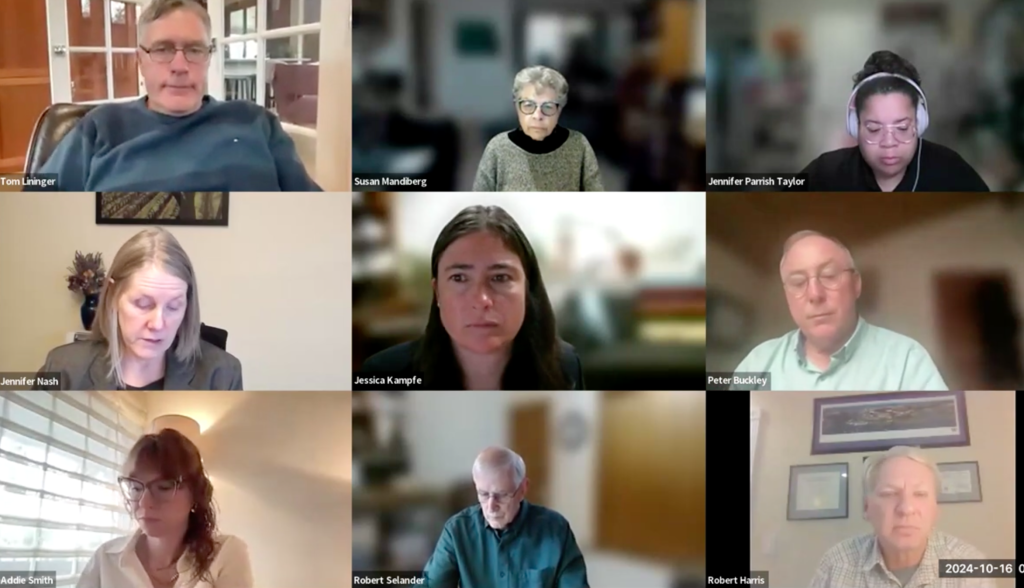Editorial: Plan to get Oregon out of public defense crisis is costly and comes with questions
Published 5:00 am Thursday, October 24, 2024

- Oregon Public Defense Commission meets on Oct. 16.
The single biggest factor contributing to Oregon’s public defense crisis is the high turnover of lawyers doing public defense.
“That is the thing that is driving this crisis,” said Jennifer Nash, the chair of the Oregon Public Defense Commission. “We can’t keep lawyers.”
And when there are not enough lawyers, defendants go unrepresented. As of Oct. 22, Oregon had 3,619 unrepresented defendants. There were another 1,671 defendants who had previously been unrepresented, did not appear in court and warrants have been issued for them.
The crisis has been going on too long. Unrepresented defendants can mean defendants are released from jail — no matter what their crime — if they are held for more than seven days without an attorney. Unrepresented defendants can mean justice for victims is delayed. Unrepresented defendants means that Oregon’s justice system is failing a requirement under the Constitution.
What will get us out of this mess?
The Oregon Public Defense Commission, the body in charge of the state’s public defense, has a six-year plan. The commission reviewed an update of the plan earlier this month.
The plan is to add more lawyers, ensuring defendants have attorneys and easing the burden on other public defenders. That may cost the state $76 million more in 2025-2027, another $150 million in 2027-2029 and another $220 million in 2029-2031. That’s an estimated cost for bringing the number of public defenders up from about 500 to nearly 1,000. Other costs will be rising, too.
The plan has some recommendations that may help tamp down costs. They come with question marks. For instance, one is to consider removing some criminal charges from being considered under Measure 11. Measure 11 set mandatory minimum sentences for certain serious crimes. Assault in the second degree, kidnapping in the second degree, sexual abuse in the first degree, robbery in first degree and second degree are charges listed as examples to be removed.
Whether you like the concept or not, try getting that through the Legislature. “It would be a huge challenge,” said Peter Buckley, a former member of the Oregon House of Representatives and a commissioner on the public defense commission.
Commission members raised several other concerns about the plan – its assumptions, its assertions. It’s not a promise to legislators that if it is followed, the commission can guarantee all the results. It is an estimate, based on calculations and assumptions. As Nash, the chair of the commission said, it gives options for legislators to consider, as they decide what Oregon will or won’t do to end the public defense crisis.
You can find a version of the plan here: tinyurl.com/OPDC6plan.






